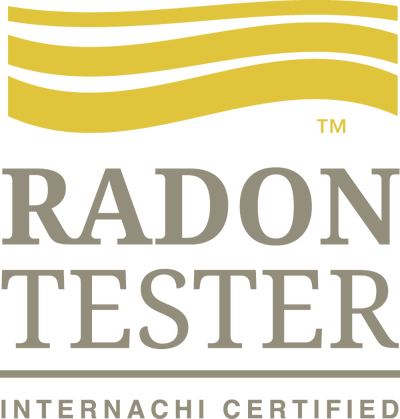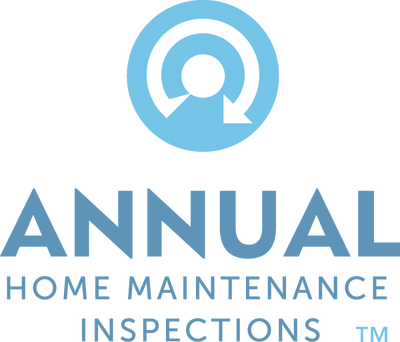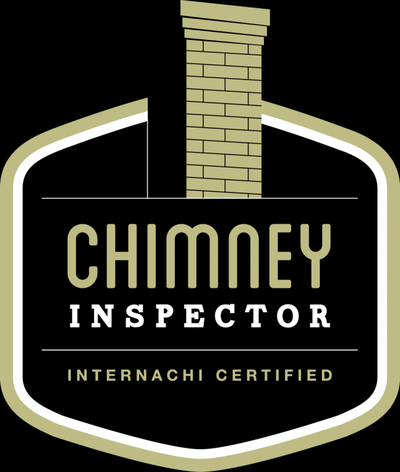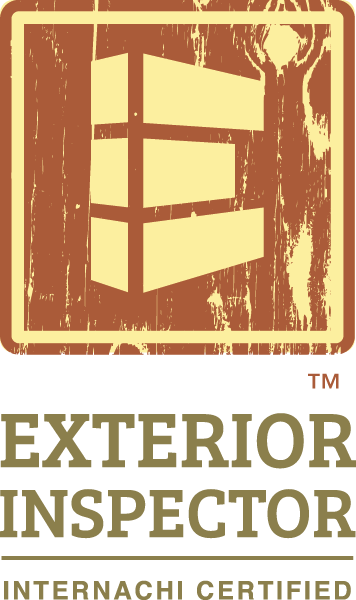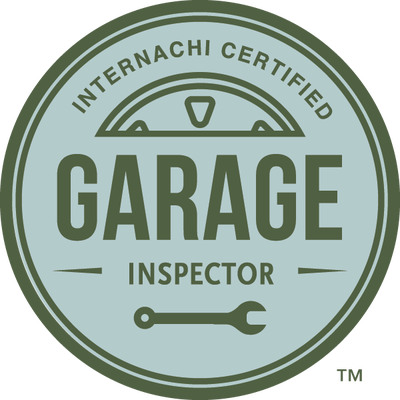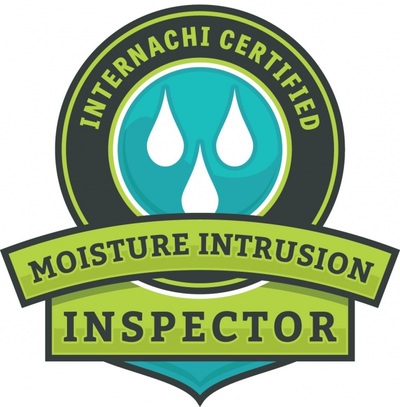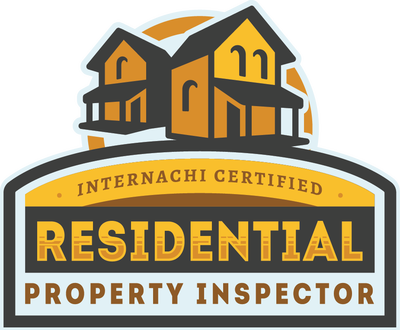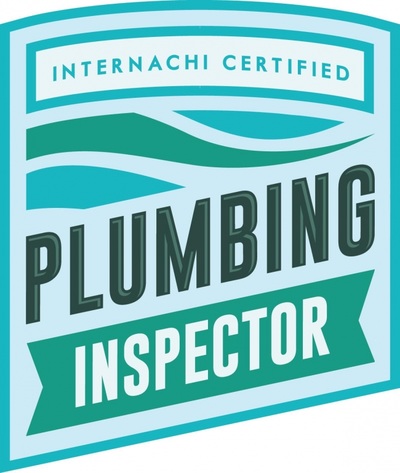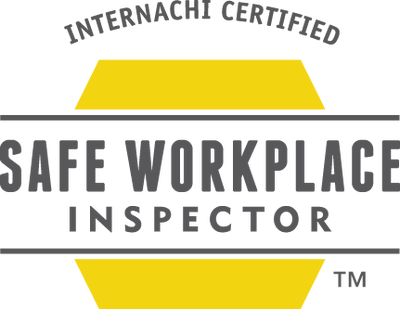|
by Nick Gromicko and Ethan Ward 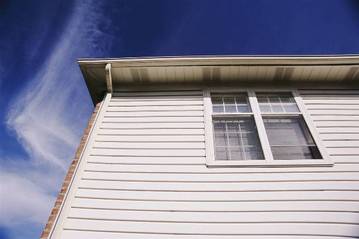 Aluminum siding is generally in decline as an exterior cladding material because vinyl siding and other materials have become more popular choices. However, it is still among the most common forms of siding found today. It provided many advantages over other materials when it was introduced in the 1940s. It was installed on many affordable homes through the 1970s. InterNACHI inspectors will encounter aluminum siding on many home exteriors and can benefit from knowing more about this common form of exterior cladding. Homeowners may be interested in the drawbacks of this material, as well as some of the advantages it still provides in certain situations today. History and Manufacturing Aluminum siding is made from aluminum coil stock, which is chemically coated to protect the metal and then painted for further protection, as well as aesthetics. After coating, the siding is baked for durability, with enamel often added to create desired textures. One of the earliest architectural uses of aluminum came in the 1920s when it was used to produce ornamental spandrel panels for the Chrysler Building and the Empire State Building in New York City. By the 1940s, aluminum siding was being produced for use on residential structures, and quickly became popular due to the advantages it provided over other materials in use at the time. A Pennsylvania subdivision built in 1947 was reportedly the first housing project to use solely aluminum siding. Its popularity remained fairly steady until the 1970s, during the energy crisis. Aluminum siding requires a great deal of energy for production, as well as consumption of a significant amount of raw materials. These factors largely contributed to its decline in use as other forms of exterior cladding became more popular. Pros and Cons Although aluminum siding is seeing less use these days, it possesses some attributes that may be seen as advantageous over other materials in certain situations. There are also some areas where aluminum siding doesn’t stack up quite as well as other options. Here are some pros and cons to consider with aluminum siding. Advantages
Here are some things that inspectors can keep in mind while examining exterior walls clad in aluminum siding:
Craftsman Home Inspections llc is a home inspection company proudly serving the Aurora CO and Denver CO Metro Areas. If you are looking for a Home Inspector in Aurora or Denver, please give us a call at 720-593-0383 or check us out online at CraftsmanColorado.com or simply schedule your home inspection below.
SCHEDULE INSPECTION
1 Comment
|
AuthorCraftsman Home Inspections. We are your Aurora and Denver Colorado Home Inspectors. Here you will find useful information about the Home Inspection industry as well as home maintenance tips. Archives
April 2020
Categories |
Our
|
Craftsman Home Inspections llcAt Craftsman Home Inspections we are professionals who promise to give you our best Home inspection every time.
|
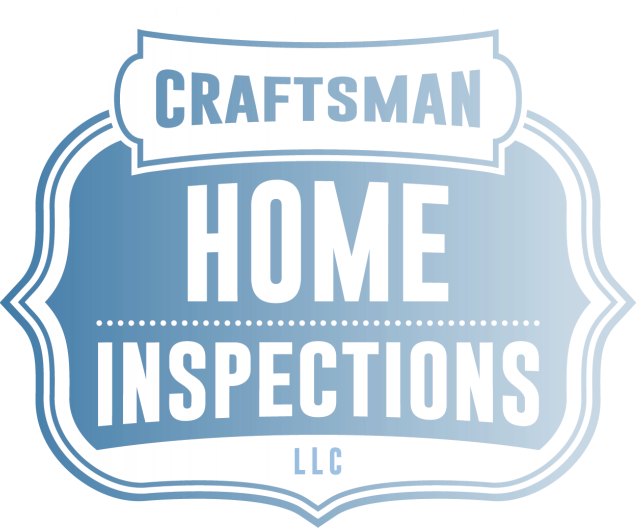
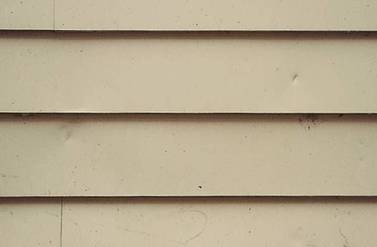
 RSS Feed
RSS Feed
